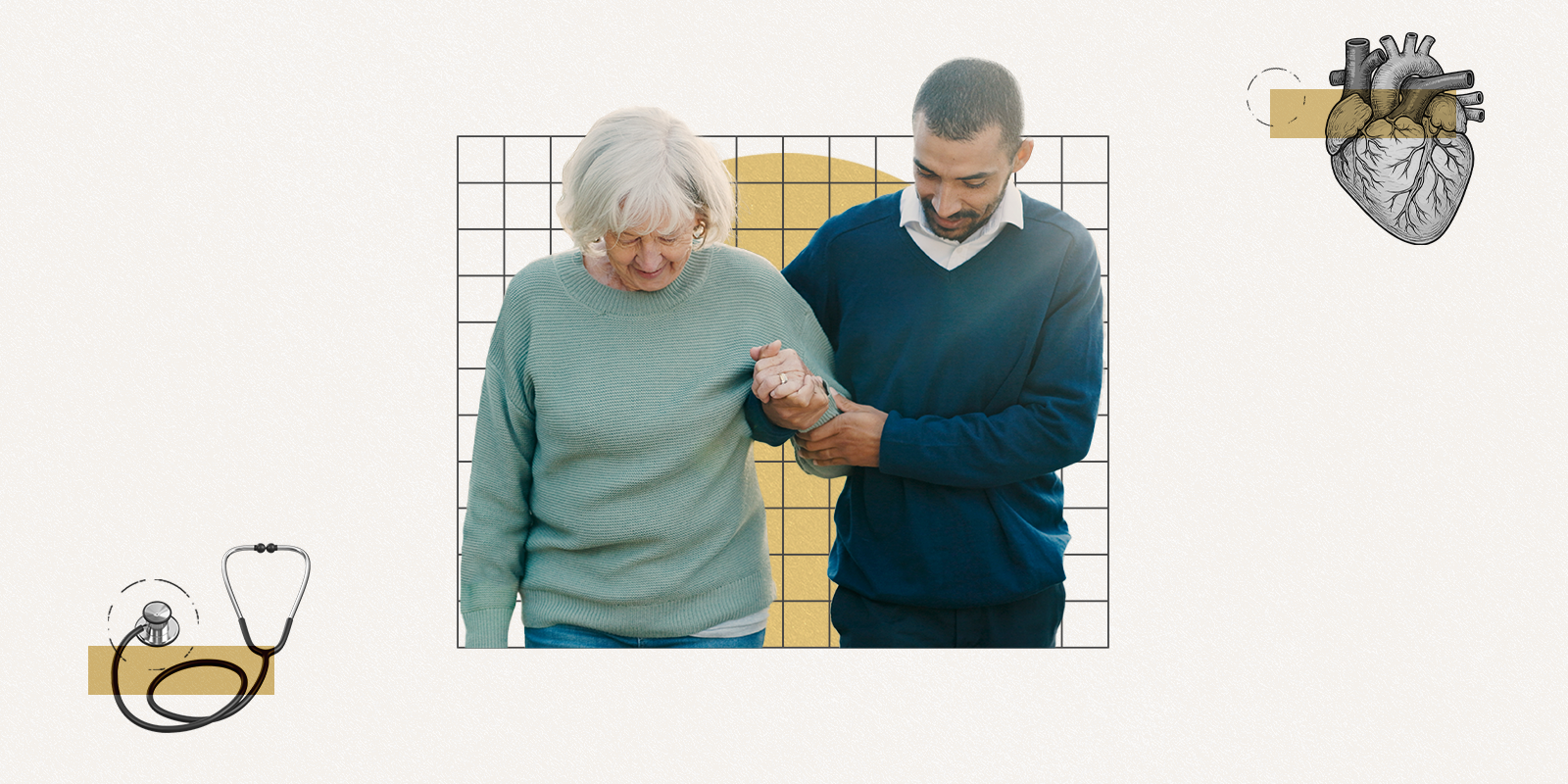New research from the University of Colorado Anschutz Medical Campus studies a new tool that will help medical providers identify patients who are failing epilepsy treatments earlier in order to change treatment to rapidly optimize positive outcomes.
The research has been published online in Neurology® Clinical Practice, an official journal of the American Academy of Neurology.
The study was a quality improvement project that tested the implementation of an easy-to-use standardized electronic health record documentation tool, which dramatically improved the accuracy and completeness of important clinical documentation for those undergoing treatment for the disease.
“It is important for doctors and advanced practice providers to recognize the types of seizures people are experiencing and seizure frequency,” said author Jacob Pellinen, MD, assistant professor of neurology at the Colorado School of Medicine on the University of Colorado Anschutz Medical Campus. “This is a vital sign for people with epilepsy. It impacts treatments including medications, as well as testing. For that reason, accurate and reliable seizure data is essential in our clinics.”
The research team compared clinics where the new documentation tool was used with those that did not use it. They found that the clinics using the new tool had a sustained level of 100% documentation of seizure frequency, seizure classification and date of last seizure during the observation period. Those without the tool documented seizure frequency between 75-90% of the time, seizure classification 22-40% of the time and date of last seizure 30-76% of the time. The numbers reflect that the accuracy of the tool helps reduce the time it takes to recognize if a patient needs a new treatment regimen.
“This report represents the first large quality improvement project undertaken by the epilepsy group in the University of Colorado outpatient epilepsy clinics and builds on growing evidence in neurologic care that small changes can make big differences. This will dramatically improve the way we provide care for patients. Without incorporating it into our work we risk missing major opportunities to improve care and reduce potentially preventable adverse disease outcomes,” said Pellinen.


.png)

